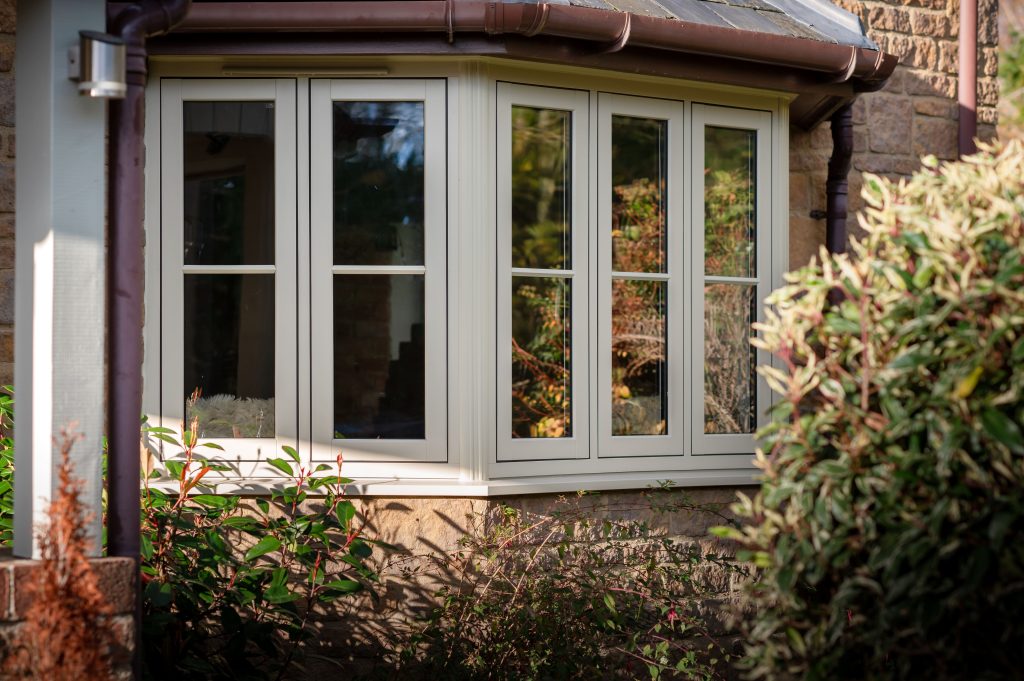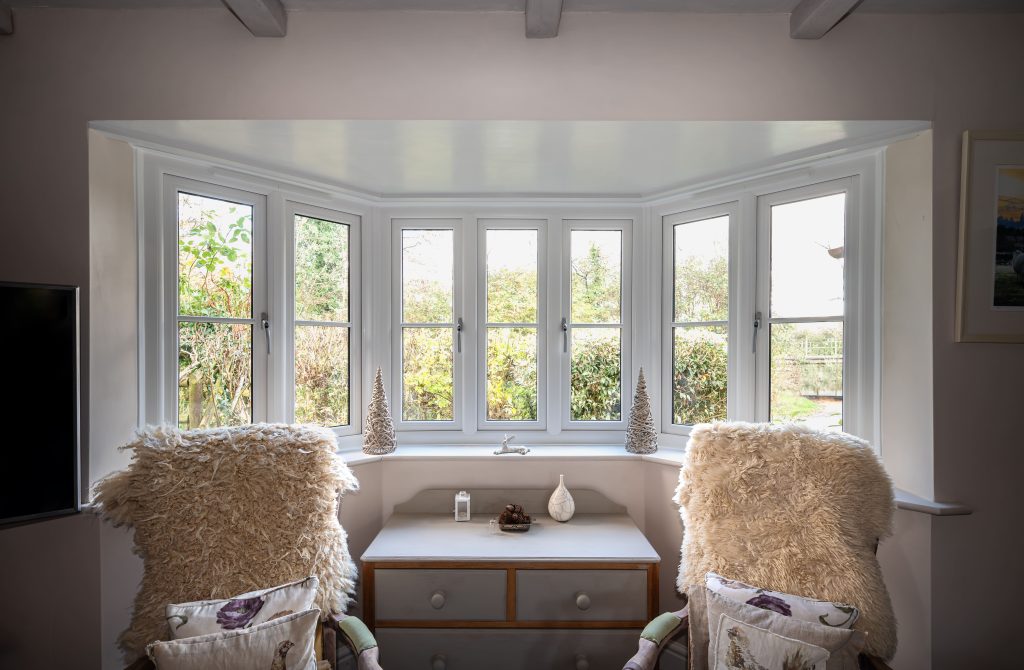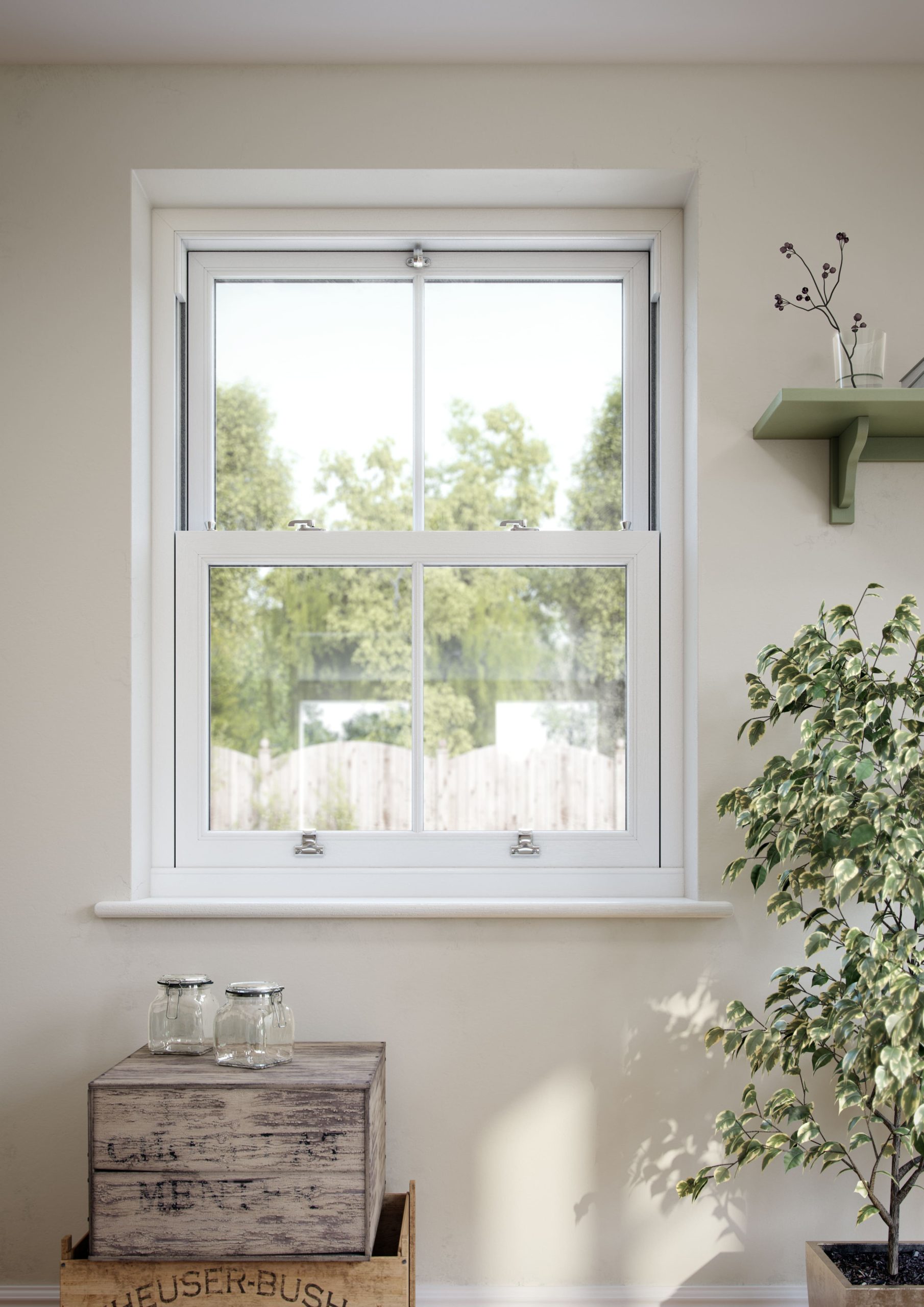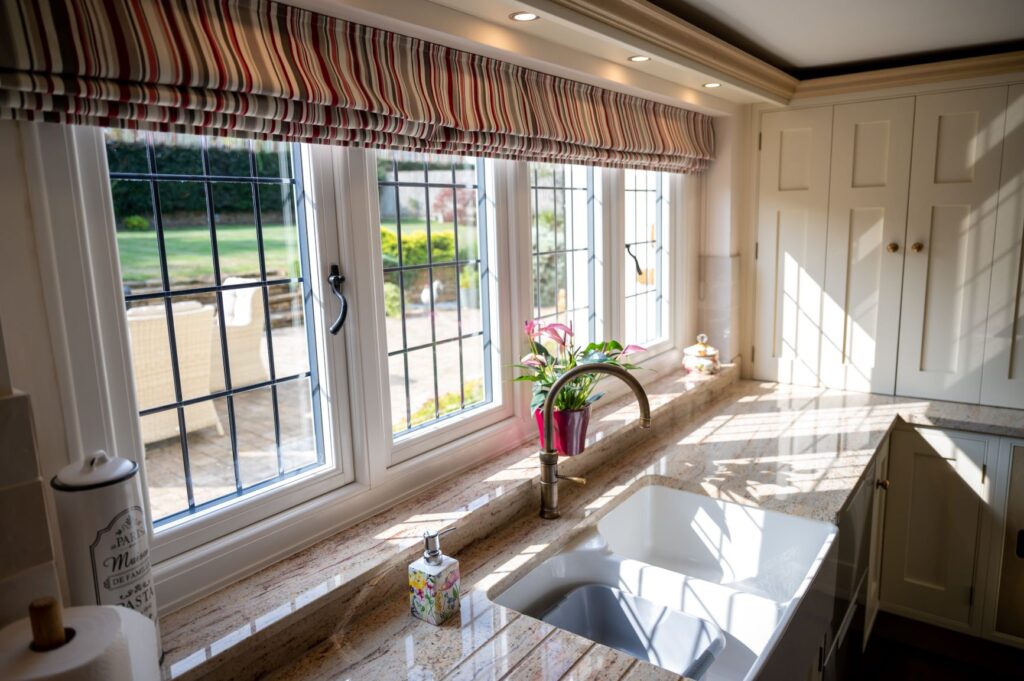
When you wake up to find your windows covered in droplets of water, you’re witnessing one of the most common household issues that homeowners face, particularly during the colder months. Window condensation might seem harmless at first glance, but it can signal underlying problems that, if left unchecked, could lead to more serious issues like mould growth, structural damage, and poor indoor air quality.
In this blog, we’ll explore everything you need to know about window condensation – from why it occurs in the first place to practical, proven methods for eliminating it from your home.
What Causes Window Condensation?
Understanding why condensation forms on your windows is the first step towards solving the problem effectively. Condensation occurs when warm, moist air comes into contact with a cold surface, in this case, your window glass. This process is governed by basic physics and happens when the air reaches what’s known as its dew point.
The Science Behind Moisture Formation
When warm air holds moisture (water vapour), it can only contain a certain amount before it becomes saturated. The warmer the air, the more moisture it can hold. However, when this moisture-laden air encounters a cold surface like a window pane, it cools rapidly and releases the excess water vapour as tiny droplets – creating the familiar foggy appearance we associate with condensation.
Several factors contribute to this moisture buildup in your home:
- Indoor humidity levels
- Temperature difference between inside and outside
- Cooking vapours
- Bathroom steam
Even activities like houseplant care, fish tanks, and having multiple occupants in a room contribute to increased humidity levels that can lead to condensation issues.
Internal Condensation Problems

Interior surface condensation is the most common type and typically appears on the room-facing side of your windows. This occurs when warm, humid indoor air meets the cold glass surface. You’ll often notice this first thing in the morning or during periods of high indoor humidity combined with cold outdoor temperatures.
This type of condensation is usually a sign that your home’s humidity levels are too high or that your windows aren’t performing efficiently enough to prevent the temperature differential that causes moisture formation.
External Window Fogging
Exterior condensation forms on the outside surface of your windows and is actually a sign that your windows are working efficiently. This occurs when the outer pane of glass becomes colder than the outside air’s dew point, typically during clear nights when heat radiates away from the glass.
While exterior condensation might be inconvenient for visibility, it’s generally not a cause for concern and often dissipates naturally as temperatures equalise throughout the day.
Between-Pane Moisture Issues
Condensation between double-glazed panes is the most serious type and indicates that your window’s sealed unit has failed. When moisture appears between the glass layers, it means the hermetic seal has been compromised, allowing humid air to enter the space that should remain dry.
This type of condensation cannot be resolved through lifestyle changes or ventilation improvements – it requires professional attention and typically means the sealed unit needs replacement.
Health and Property Risks of Untreated Condensation
Ignoring condensation problems can lead to significant consequences that extend far beyond simply having foggy windows. The persistent moisture creates an environment where various issues can develop, affecting both your property’s structural integrity and your family’s wellbeing.
Indoor Air Quality Impact
Poor indoor air quality resulting from condensation issues can create an uncomfortable living environment. High humidity levels make your home feel stuffy and can interfere with your heating system’s efficiency, as humid air requires more energy to warm effectively.
The presence of excess moisture can also contribute to dust mite proliferation, as these microscopic creatures thrive in humid conditions. This can exacerbate allergy symptoms and respiratory discomfort for sensitive individuals.
Effective Condensation Solutions and Prevention Methods

Addressing condensation requires a multi-faceted approach that combines proper ventilation, humidity control, and sometimes window upgrades. The key is identifying which solutions will be most effective for your specific situation.
Improving Home Ventilation
Mechanical ventilation is one of the most effective long-term solutions for controlling indoor humidity levels. Extractor fans in bathrooms and kitchens should be used during and after activities that generate steam, helping to remove moisture-laden air before it can spread throughout your home.
Trickle vents on modern windows provide continuous background ventilation that helps maintain air circulation without creating uncomfortable draughts. These small, controllable openings allow fresh air to enter whilst stale, humid air escapes naturally.
For homes with persistent condensation issues, installing a whole-house ventilation system or positive input ventilation can provide comprehensive moisture control by ensuring continuous air movement throughout your property.
Humidity Control Strategies
Managing your home’s humidity levels effectively requires both reducing moisture production and removing excess humidity from the air. Aim to maintain indoor humidity between 40-60% for optimal comfort and condensation prevention.
Dehumidifiers can provide immediate relief in problem areas, particularly during humid weather or in homes with limited natural ventilation. Choose units with appropriate capacity for your room size and consider models with automatic humidity sensors for consistent performance.
Product-Based Solutions for Long-Term Prevention
While lifestyle changes and ventilation improvements can significantly reduce condensation, sometimes upgrading your windows themselves provides the most effective long-term solution. Modern window technology has advanced significantly, offering superior performance that can eliminate condensation problems entirely.
Modern Double Glazing Technology
Today’s energy-efficient double glazing incorporates several features specifically designed to prevent condensation formation. Low-E glass coatings help maintain warmer internal glass surface temperatures by reflecting heat back into your room whilst allowing light to pass through naturally.
The spacer bars between glass panes in modern units use warm edge technology, typically made from composite materials rather than traditional aluminium. This reduces thermal bridging and helps maintain more consistent temperatures across the entire window unit.
Argon gas filling between the panes provides superior insulation properties compared to air-filled units, further reducing the temperature differential that leads to condensation formation. This inert gas is completely safe and maintains its insulating properties for decades.
As you can see, replacement windows are the best long-term solution to preventing window condensation in your home. To find out more about how Windows & Doors 2 You can help, call us on 01952 474 898 or contact us online.

